- About us
- Support the Gallery
- Venue hire
- Publications
- Research library
- Organisation chart
- Employment
- Contact us
- Make a booking
- Onsite programs
- Online programs
- School visit information
- Learning resources
- Little Darlings
- Professional learning
John Tjakamarra (c. 1937–1992), a Pintupi man born north of Kiwijurra, south of Kintore, made the long walk into the Papunya settlement with his family in the early 1960s. The Papunya Tula painting movement, usually dated to the arrival of administrator Geoffrey Bardon in the early 1970s, saw Anmatyere, Luritja, Arrernte, Warlpiri and Pitjantjatjara residents commit stories traditionally expressed in the soil or on the body to permanent, portable and marketable media: paint and boards. Tjakamarra was one of the early painters at the settlement. Late in life, Tjakamarra returned to Tjukurla, near his own Country. Jon Rhodes met him at Yayayi Bore in 1974, when Rhodes first started taking photographs on the theme of relationship to land. Since then Rhodes has told photographic stories of life in many First Nations communities. Photographs from his exhibition Cage of Ghosts, documenting attempts to preserve and protect important Aboriginal cultural sites in south-eastern Australia, were published in his book of the same name in 2018.
Purchased 2008
© Jon Rhodes
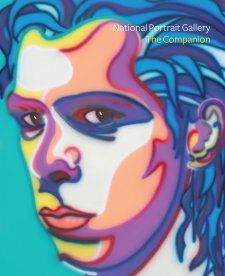
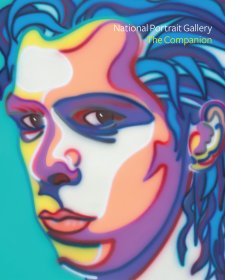
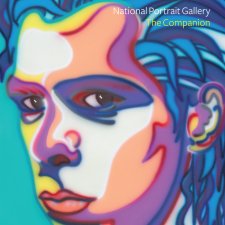
On one level The Companion talks about the most famous and frontline Australians, but on another it tells us about ourselves.
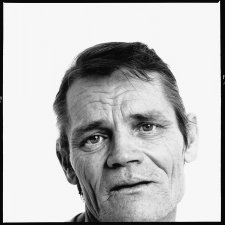
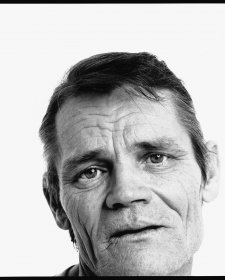
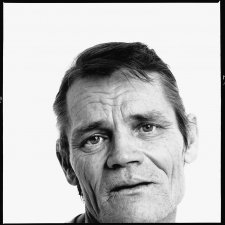
Stephen Zagala discusses Richard Avedon’s work from an Australian perspective.
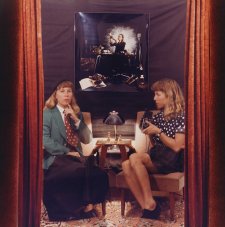
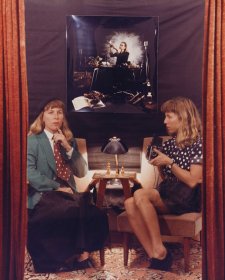
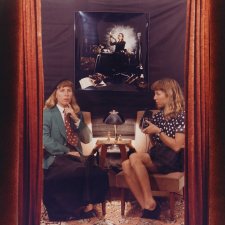
It takes a village to raise a creative! Get an insight into the often-unseen work and supporters needed for the arts to thrive. The work of art documents the creative process, evoke states of creativity and inspiration, and shows us clues about the subject’s own work from the way artists portray them.